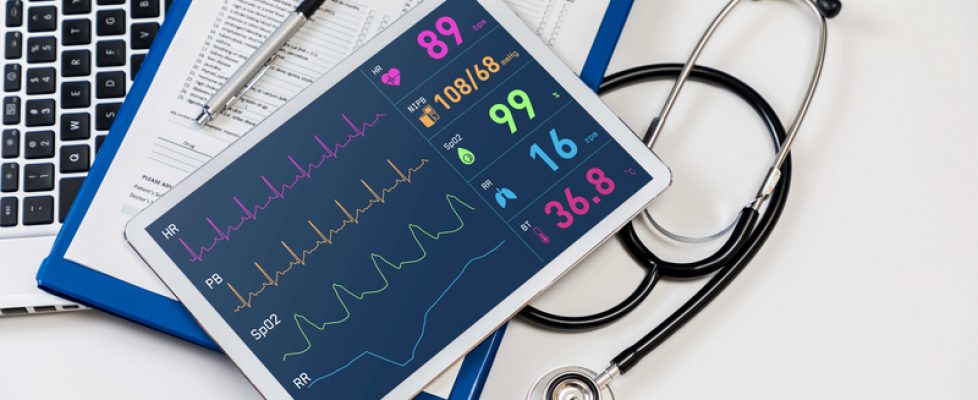Improving COPD Care With Remote Patient Monitoring
Worsening chronic obstructive pulmonary disease (COPD) symptoms are often underreported by patients who cannot recognize these changes as sign of decline, but they can be objectively measured through remote patient monitoring (RPM).
More efficient chronic obstructive pulmonary disease (COPD) diagnoses and treatment may be possible through remote patient monitoring (RPM), according to a recent article published in Respiratory Medicine Case Reports.
RPM enables faster accessibility and accuracy for treatment of COPD, which has an estimated global prevalence of 11.7%, the authors said. Worsening COPD symptoms are often underreported by patients who cannot recognize these changes as contributing factors to a decline in their condition.
Importantly, the instance of a 7-day prodrome has been documented in patients with COPD, the authors noted, allowing for a critical window to apply treatment before more extreme intervention by a pulmonologist is needed. RPM can prevent hospitalizations through bronchodilators, oral steroids, and antibiotics administered on an outpatient basis.
To explore a standard RPM treatment walkthrough, the authors cited a single center case report of an 84-year-old male patient with mild COPD and cardiomyopathy. Using RPM, the patient was outfitted with physiologic monitors including photoplethysmography, activity, and respiratory force sensors. The system also included in-home stationary devices and the use of web dashboards; it delivered the physiological data to health care workers directly from the patient’s home, allowing for monitoring by respiratory therapists. The health care team can rapidly contact the patient in the event of significant negative deviations from baseline before exacerbations worsen.
The first notification to the care team was a daily respiratory rate (RR) of ≥10 % above his daily baseline; when contacted, the patient also mentioned intermittently increased dyspnea and a change in sputum color, but he did not want to see a doctor. His RR temporarily improved but worsened again 5 days later, along with an elevated pulse rate. When contacted again, he also noted increased cough, sputum with persistent color change, and shortness of breath; this time, he agreed to a to a telemedicine visit with his pulmonologist and was prescribed doxycycline and a prednisone taper. His acute symptoms were resolved by the time of another appointment 1 week later.
“Until recently, home monitoring of cardiorespiratory parameters was limited due to technical limitations, patient burden, and cost,” wrote the authors, both of whom are affiliated with the RPM system used in the case.
With the advent of these tools and techniques becoming more accessible, a faster regimen of home-based therapies can be implemented during the early stages of decline, the authors said. In addition, they said RPM can provide a critical advantage for health care workers during the COVID-19 pandemic, especially for treating at-risk and elderly patients.

